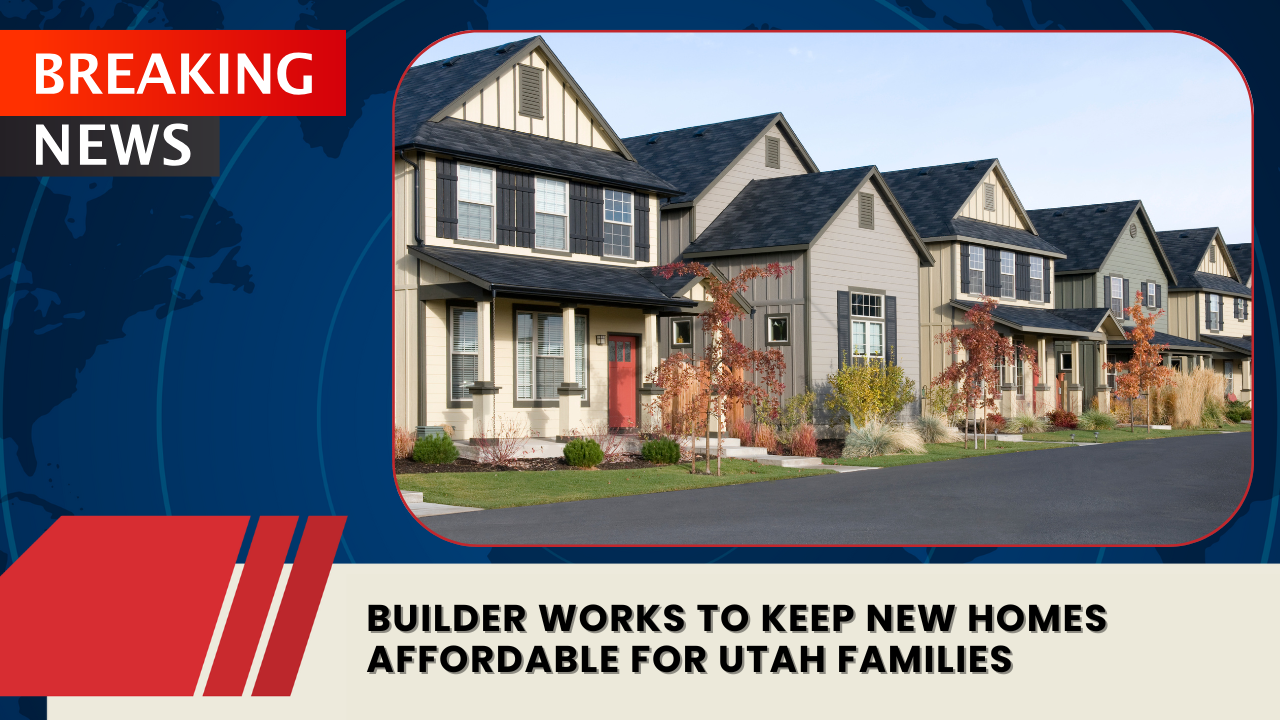Ogden, Utah – In a market where home-ownership increasingly demands a six-figure income, one home builder in Weber County is taking an unconventional approach: designing and building houses priced under $450,000 to help families secure a home of their own.
A recent study underscored the challenge for many Utahns – it now takes a six-figure income to purchase a home in the state. The affordability crisis remains acute and multifaceted. According to KUTV’s Eyes on Your Money series, addressing this housing shortfall will require far more than one solution.
In Weber County, the builder partnered with county leaders to ensure that some of the homes he is developing are sold to families seeking to live in them – rather than investors banking on rental income. This emphasis on primary-residence occupancy is designed to curb speculative buying and help keep homes within reach of local families.
County- Builder Collaboration:
- The builder aligned with county officials to set eligibility rules and supply-chain considerations, ensuring the project remains targeted toward owner-occupants.
- By focusing on sales under $450,000, this development puts units in a lower-price tier than many new homes in the region, which often surpass half-a-million dollars due to material costs, land, and regulation.
- The builder also emphasized keeping finishes and features practical rather than luxury-oriented, thereby controlling cost without sacrificing livability.
Why it matters:
- Home prices in Utah have surged dramatically in recent years, spurred by strong population growth, supply constraints and rising construction costs.
- For first-time homebuyers and growing families, many of whom earn moderate incomes, the traditional starter home is increasingly out of reach.
- By delivering homes at or under the $450,000 threshold, the builder hopes to serve a segment of the market that remains underserved and anchor families in the community rather than feeding the investor-driven resale or rental cycle.
What to watch:
- Whether the homes remain affordable in the longer term, beyond just the initial sale, given rising taxes, insurance and maintenance costs.
- The replicability of this model: can other builders in other Utah counties adopt similar strategies to widen supply of more affordable homes?
- The role of planning, zoning and regulation. Even affordable-oriented developments often face headwinds in land costs, infrastructure or compliance burdens which can offset savings.
- The fit for the families: ensuring that while the homes are lower-price, they still meet the functional needs of Utah households (size, quality, location, access to services).



